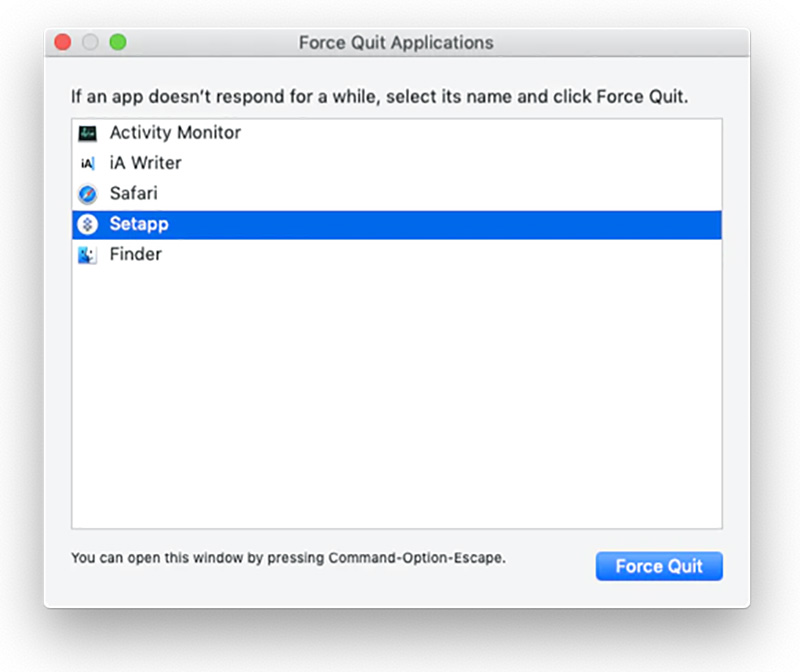

- #Mac task manager performance how to#
- #Mac task manager performance mac#
The Disk pane displays the amount of data that each process has read and written to your disc.
 When you tap the Energy pane, you’ll see the total amount of energy utilized as well as the amount of energy used by each app. The Memory pane displays how apps utilize your Mac’s RAM. The CPU pane displays the impact of processes on processor activity. You can figure out what processes are affecting your Mac’s performance by evaluating the data. You’ll see five tabs when you launch the Activity Monitor on your Mac: CPU, Memory, Energy, Disk, and Network. The Activity Monitor is a straightforward and yet crucial tool. Choose “force quit.” The Alt key is also the choice key, as a reminder. Hold the Alt key and right-click the program’s logo.
When you tap the Energy pane, you’ll see the total amount of energy utilized as well as the amount of energy used by each app. The Memory pane displays how apps utilize your Mac’s RAM. The CPU pane displays the impact of processes on processor activity. You can figure out what processes are affecting your Mac’s performance by evaluating the data. You’ll see five tabs when you launch the Activity Monitor on your Mac: CPU, Memory, Energy, Disk, and Network. The Activity Monitor is a straightforward and yet crucial tool. Choose “force quit.” The Alt key is also the choice key, as a reminder. Hold the Alt key and right-click the program’s logo. Using the dock panel to force a Mac app to terminate is easy to solve a stalled app.
Hold COMMAND + OPTION + SHIFT + ESCAPE for a few seconds until the app closes on its own. This last option isn’t the most well-known, but it is beneficial. Select the “force quit” option for the application you want to close. Pressing these keys will open the “Force Quit Application” program in a new window. Using the Apple menu, you can force an app to close. On macOS Catalina, it’s one of the most effective ways to complete a program. Using the Apple menu to force a program to close. Once you confirm that you want to force quit a process, it will terminate, and you will no longer see it in the Activity Monitor. Confirm that you want to cause the procedure to stop. On the toolbar at the top, press the X icon. To highlight an app with a lot of usage, click on it. Look for unusual patterns in the use of resources. On the Activity Monitor, go to the CPU or Memory tab. On macOS Big Sur, you can force processes to halt using the Activity Monitor. How to use Force Quit on macOS Big Sur 1. It is a different approach to open the Task Manager on your Mac and monitor the currently running processes. Double-click the Activity Monitor to open it.Go to the utility folder and choose it.In the Finder window’s sidebar, select Applications.From your Dock, select the Finder icon.Here’s how to use Finder to access the Task Manager. The Finder window’s appearance has also altered, with a new top-to-bottom design for its sidebar and design inspiration from iOS and iPad OS. The icons in the Dock in macOS Big Sur have rounded corners, unlike prior versions of the Mac OS. The Finder icon in the Dock on your Mac has a blue and white face. If you encounter any stuck processes, you can force quit apps and reopen them to get them running normally again. It will show a list of processes working on your Mac and the RAM each one is taking. By clicking or pressing the Return key, select the Activity Monitor option highlighted in the search results.Īfter you’ve completed the instructions, the Activity Monitor window will appear.






 0 kommentar(er)
0 kommentar(er)
